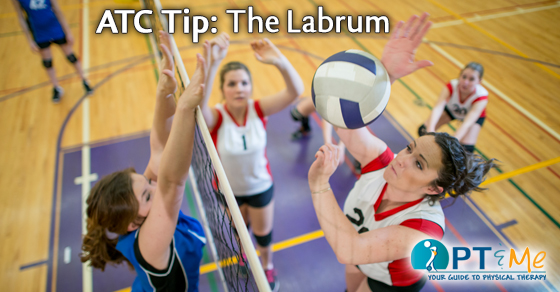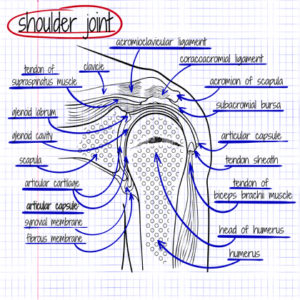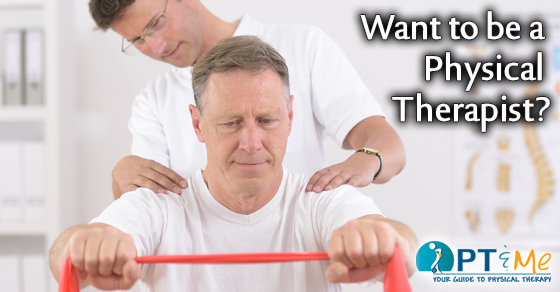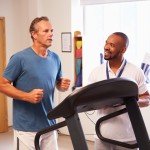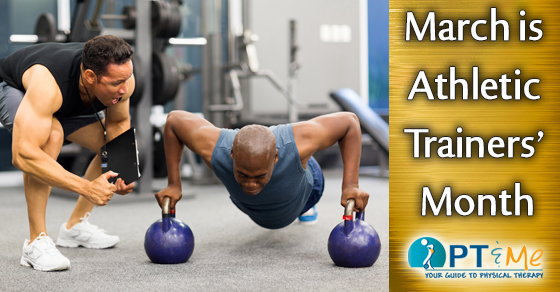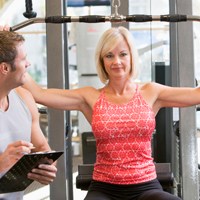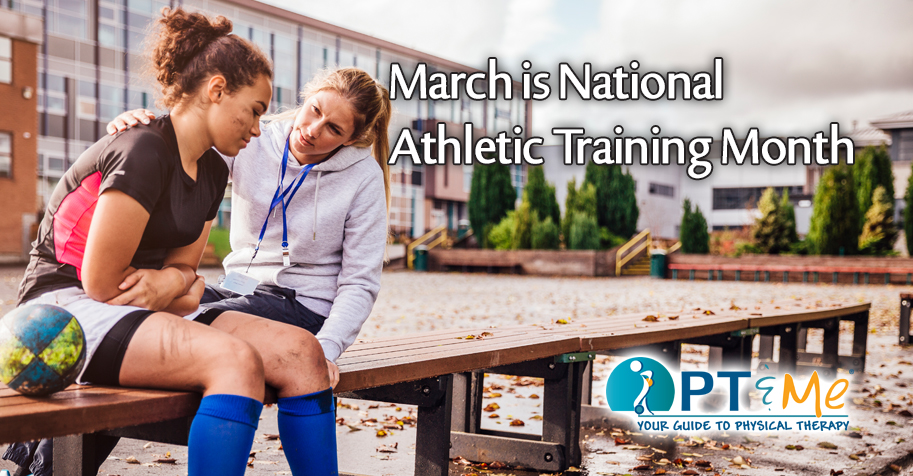
March is Athletic Training Month!
ATHLETIC TRAINERS (ATCs) are highly qualified, multi-skilled health care professionals who collaborate with physicians to provide preventative services, emergency care, clinical diagnosis, therapeutic intervention, and rehabilitation of injuries and medical conditions. They can work in a variety of settings, including high schools, middle schools, universities, professional sports teams, hospitals, clinics, performing arts, club sports teams, and more. Athletics trainers decrease the liability on coaches, ensure a quicker and safer return to play, and reduce the risk of injuries for athletes of all ages.
Athletic Trainers Provide Game & Practice Coverage:
• Early injury detection and intervention
• Quick referral process to local specialists if required
• Concussion safety injury screenings:
• Evaluation of injury
• Recommendation on immediate care
• Quicker return to play
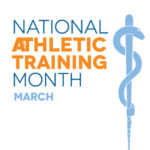
WHAT IS NATIONAL ATHLETIC TRAINING MONTH?
March is National Athletic Training Month, a time to celebrate the positive impact athletic trainers have on work, life, and sport. National Athletic Training Month is sponsored by the National Athletic Trainers’ Association (NATA), the professional members association for certified athletic trainers, and others who support the athletic training profession. NATA represents more than 45,000 members worldwide.
ATC SPORTS STATS
All statistics are taken from www.atyourownrisk.org
90% of student-athletes report some sort of sports-related injury in their athletic careers.
54% of student-athletes report they have played while injured.
12% report they have sustained concussions and head injuries from their time on the field.
163,670 middle or high school athletes were reported being seen in the emergency room for a concussion.
300 sports-related deaths of youth anything to prevent injuries.
37% of public high schools employ a full-time athletic trainer.
54% of athletes said they have played while injured.
Looking for help with an injury? Don’t go back on the field too soon. Our licensed physical therapists can get your athlete back in the game safely.

